- Brian
- September 26, 2023
- 8:05 am

Harry Collins
Answered on 8:05 am
100G Lambda Optics is an optical transceiver transmitting 100 gigabits per second (Gbps) of data over a single wavelength or lambda. They use a modulation technique called PAM4, which stands for Pulse Amplitude Modulation 4, to encode two bits of information per symbol. This allows them to achieve higher data rates than traditional NRZ (Non-Return-to-Zero) modulation, which encodes one bit per symbol.
100G Lambda Optics are compatible with 200G and 400G Ethernet standards, which use multiple lanes of 100G signals to achieve higher bandwidth. They can also interoperate with other 100G optics that use different modulation schemes or wavelengths, such as 100G DR (Duplex Reach), 100G FR (Four Wavelengths), or 100G LR4 (Long Reach). They can support various distances and applications, depending on the type and model of the transceiver.
- QSFP-100G-DR: 100GBASE-DR single lambda QSFP, up to 500m over duplex SMF.
- QSFP-100G-FR: 100GBASE-FR single lambda QSFP, up to 2km over duplex SMF.
- QSFP-100G-LR: 100GBASE-LR single lambda QSFP, up to 10km over duplex SMF.
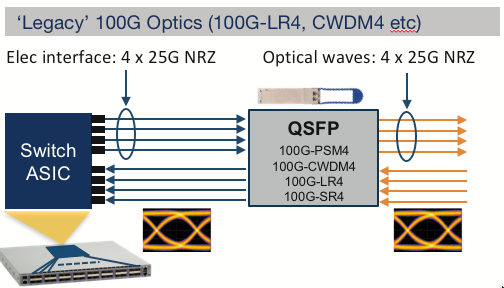
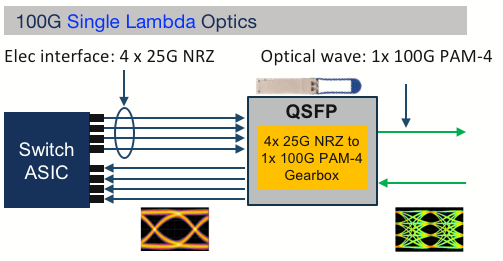
Some of the benefits of 100G Lambda Optics are:
They reduce the complexity and cost of the optical modules and the fiber infrastructure, as they use fewer components and wavelengths than other 100G optics.
They enable future-proofing and scalability of the network, as they can be reused or upgraded to new form factors or higher data rates without sacrificing performance or compatibility.
They provide operational flexibility and efficiency for data center operators, as they can connect to different types of devices and networks using the same type of optic.
People Also Ask
Active Connectors: LC, CS, SN, MPO, PC, APC
Active connectors are passive optical devices frequently used in conjunction with optical module interfaces. These connectors, which are attached to the optical side of a module, generally adhere to standardized processes to form universally accepted physical and performance interfaces, thereby enabling interoperability among various manufacturers. Standardization, as a process, involves
Unlock the Potential with a 2.5 GB Switch: The Ultimate Guide to Multi-Gigabit Networking
Traditional gigabit Ethernet is being replaced with multi-gigabit networking because modern computing and connectivity demands have outgrown it. This shift is driven by the need to lower cost and improve access to fast network performance—what is popularly termed as the 2.5 GB switch. You may be a tech aficionado looking
Choosing the Best 16-Port Gigabit Ethernet Switch for Your Home Network
Setting up an easy-to-use and fast home network is becoming simpler as new technology comes out. A 16-port Gigabit Ethernet switch streaming HD content, online gaming, or smart home device integration becomes a critical piece for wired connections across competing devices. Performance and budget features often contradict each other creating
NVIDIA Releases Silicon Photonics CPO Switch
During GTC 2025, NVIDIA released the NVIDIA Spectrum-X (based on the Ethernet standard) and NVIDIA Quantum-X (based on the InfiniBand standard) silicon photonic network switches, enabling AI factories to connect millions of GPUs across regions while significantly reducing energy consumption and operating costs. NVIDIA Silicon Photonics CPO The partners listed
How to Use the XGSPON ONU Stick SFP+
Fiber-to-the-Home (FTTH) technology is revolutionizing internet connectivity. However, the closed devices provided by internet service providers often restrict users’ freedom. If you have a router or switch with an SFP+ interface, such as the Ubiquiti Dream Machine Pro, Mikrotik CCR series, or an OPNsense device, the XGSPON ONU Stick SFP+
The Ultimate Guide to Choosing a 5-Port Gigabit Ethernet Switch for Your Home Network
An efficient home network system is the foundation of contemporary technology, facilitating the smooth operation of activities such as streaming, gaming, and home offices. Gigabit Ethernet routers are an integral component of the home network system, and a five-port gigabit ethernet switch marks the initial stage of network enhancement. Smaller
Related Articles
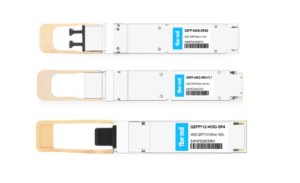
800G SR8 and 400G SR4 Optical Transceiver Modules Compatibility and Interconnection Test Report
Version Change Log Writer V0 Sample Test Cassie Test Purpose Test Objects:800G OSFP SR8/400G OSFP SR4/400G Q112 SR4. By conducting corresponding tests, the test parameters meet the relevant industry standards, and the test modules can be normally used for Nvidia (Mellanox) MQM9790 switch, Nvidia (Mellanox) ConnectX-7 network card and Nvidia (Mellanox) BlueField-3, laying a foundation for
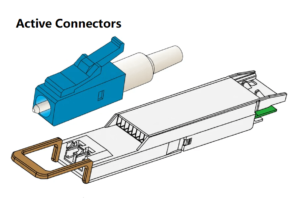
Active Connectors: LC, CS, SN, MPO, PC, APC
Active connectors are passive optical devices frequently used in conjunction with optical module interfaces. These connectors, which are attached to the optical side of a module, generally adhere to standardized processes to form universally accepted physical and performance interfaces, thereby enabling interoperability among various manufacturers. Standardization, as a process, involves

Unlock the Potential with a 2.5 GB Switch: The Ultimate Guide to Multi-Gigabit Networking
Traditional gigabit Ethernet is being replaced with multi-gigabit networking because modern computing and connectivity demands have outgrown it. This shift is driven by the need to lower cost and improve access to fast network performance—what is popularly termed as the 2.5 GB switch. You may be a tech aficionado looking
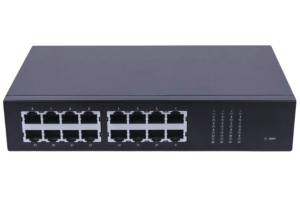
Choosing the Best 16-Port Gigabit Ethernet Switch for Your Home Network
Setting up an easy-to-use and fast home network is becoming simpler as new technology comes out. A 16-port Gigabit Ethernet switch streaming HD content, online gaming, or smart home device integration becomes a critical piece for wired connections across competing devices. Performance and budget features often contradict each other creating
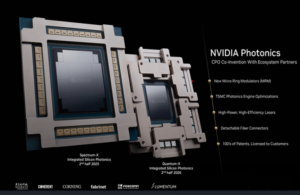
NVIDIA Releases Silicon Photonics CPO Switch
During GTC 2025, NVIDIA released the NVIDIA Spectrum-X (based on the Ethernet standard) and NVIDIA Quantum-X (based on the InfiniBand standard) silicon photonic network switches, enabling AI factories to connect millions of GPUs across regions while significantly reducing energy consumption and operating costs. NVIDIA Silicon Photonics CPO The partners listed
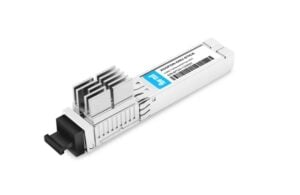
How to Use the XGSPON ONU Stick SFP+
Fiber-to-the-Home (FTTH) technology is revolutionizing internet connectivity. However, the closed devices provided by internet service providers often restrict users’ freedom. If you have a router or switch with an SFP+ interface, such as the Ubiquiti Dream Machine Pro, Mikrotik CCR series, or an OPNsense device, the XGSPON ONU Stick SFP+
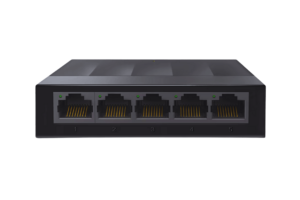
The Ultimate Guide to Choosing a 5-Port Gigabit Ethernet Switch for Your Home Network
An efficient home network system is the foundation of contemporary technology, facilitating the smooth operation of activities such as streaming, gaming, and home offices. Gigabit Ethernet routers are an integral component of the home network system, and a five-port gigabit ethernet switch marks the initial stage of network enhancement. Smaller
Related posts:
- If the Server’s Module is OSFP and the Switch’s is QSFP112, can it be Linked by Cables to Connect Data?
- Can I Plug an OSFP Module into a QSFP-DD Port, or a QSFP-DD Module into an OSFP Port?
- What is the Difference Between 400G-BIDI, 400G-SRBD and 400G-SR4.2?
- What is the 100G-SRBD (or “BIDI”) Transceiver?
